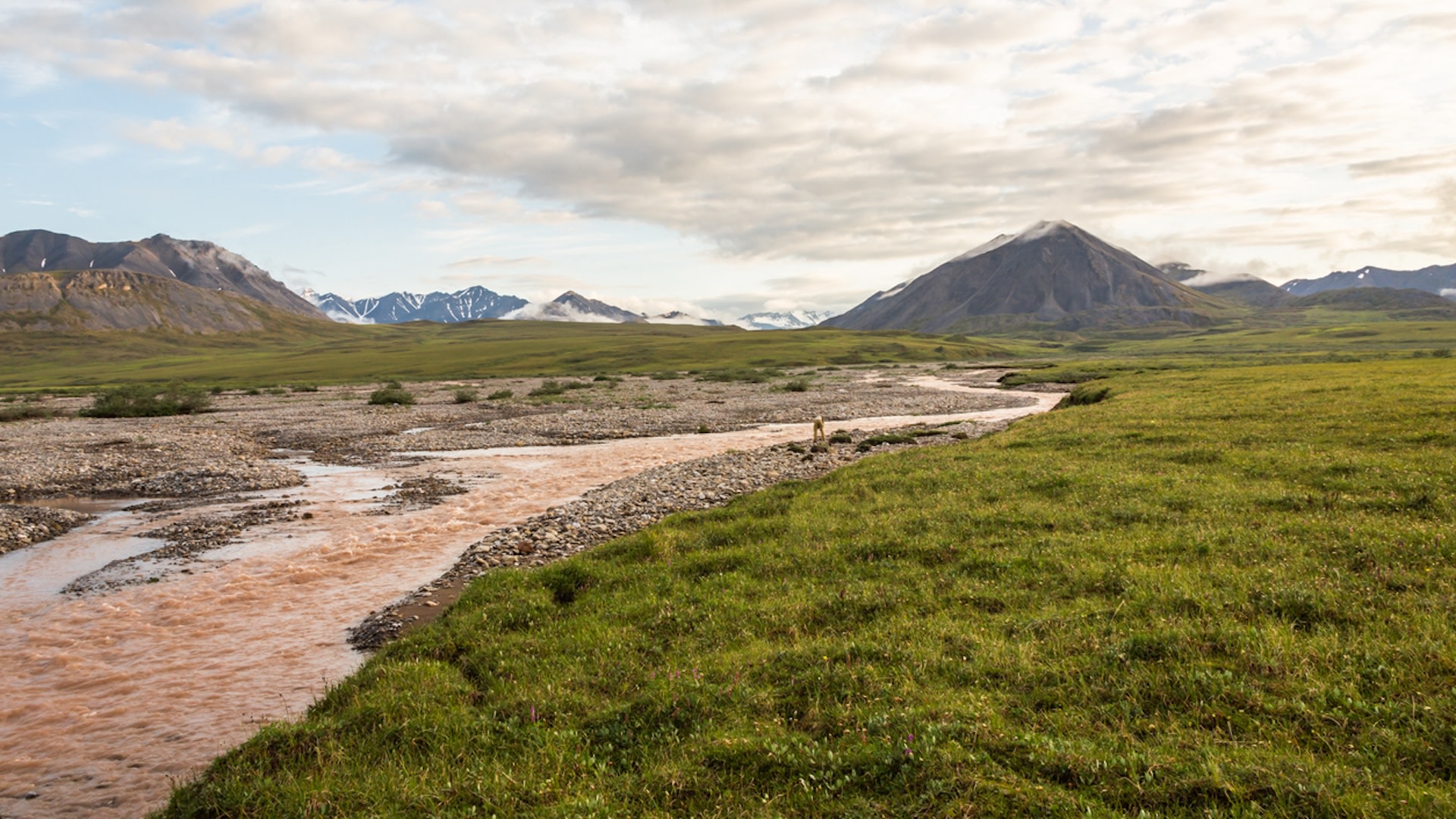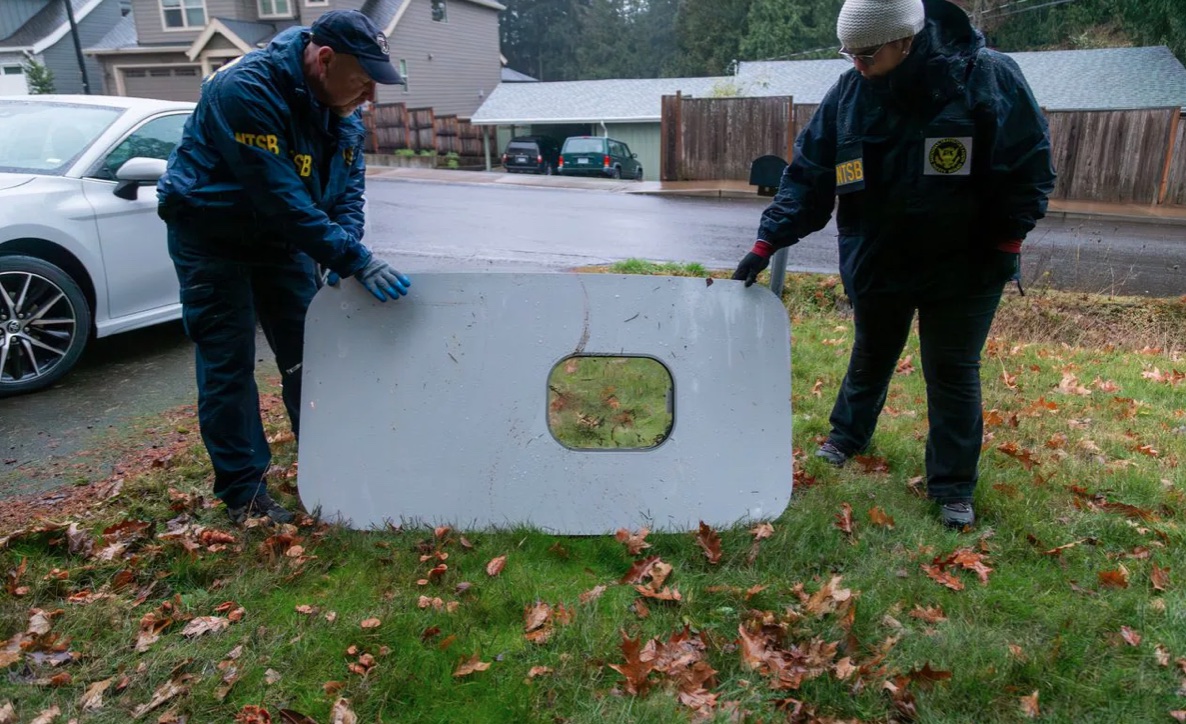Alaska
Alaska named worst state for package theft

With the rise of e-commerce has come the rise of porch piracy—the theft of packages right off someone’s porch or front steps. Though loss estimates vary widely, it’s clear that porch pirates are making off with billions of dollars’ worth of merchandise per year.
While package theft can happen anywhere, some states have higher rates of theft than others, according to digital mailbox provider iPostal1. Based in New York, iPostal1 is a tech company that lets customers “rent” a mailing address at one of its 3,000 locations for safe receipt of postal mail and packages.
In a bid to identify the biggest hotspots for theft, iPostal1 analyzed nationwide online search data for key terms related to stolen packages (like “Amazon delivery stolen”), using data collected between March 2023 and March 2024. The states with the highest average monthly search volume per 100,000 people were named the worst states for porch pirates.
By that measure, Alaska took the crown, with 76.70 average monthly searches per 100,000 people, 58% higher than the nation’s average of 48.27. Alaska was followed by Hawaii, Vermont, North Dakota, and North Carolina. On the other end of the scale, the state with the fewest complaints about porch piracy was Michigan, with just 35.72 relevant searches per month. Michigan was followed closely by Oklahoma, Ohio, Mississippi, and Indiana.
“In 2023, Capital One Shopping revealed that 75% of Americans had their packages stolen within the last year of the study, equating to 0.46% of all packages, not including those lost or misplaced by delivery services,” iPostal1 CEO and Founder Jeff Milgram said in a release. “To prevent packages from being stolen in the future, people can take certain measures to ensure that porch pirates do not target their homes, such as [using] a digital mailbox or a visibility camera.”

Alaska
Local air carrier adopts new tech with aim to make travel in Southeast Alaska safer, more reliable • Alaska Beacon
The air was clear and smooth over the Lynn Canal between Juneau and Haines on Thursday, so there was no need to use the new technology installed in the Cessna Grand Caravan’s instrument panel. But when the clouds roll in, as they are forecasted to do next week, the updated avionics will allow pilots to fly this common route through conditions that could typically ground passengers, mail and cargo.
“We put all this in place and then we have had just gorgeous weather,” said Alaska Seaplanes’ Marketing Manager Andy Kline with a laugh.
The company has developed new approach paths and installed GPS equipment to make low visibility flights safer and more reliable.
For people who live in communities like Haines, with no jet or road access, travel in and out is mitigated by the weather and the ferry schedule. The comings and goings of the state’s ferries are so critical that they are announced on the radio with the weather. Locals typically build an extra night into their travel plans to account for canceled flights. “If you want to get there, take the ferry,” is a well-worn piece of travel advice that long-time residents dole out to newcomers.
“We have a goal of being as reliable as the jet,” Kline said of the small plane operator. “We’re not there yet. And even these new approaches don’t get us quite there yet. We’re still going to be on the ground sometimes when the jets are flying.”
To realize that goal, Alaska Seaplanes, the region’s most comprehensive carrier, has developed new approach paths and installed GPS equipment sensitive enough to allow instrument flights even in the challenging geography of the region. Haines, Hoonah, Sitka, Juneau, Kake, Wrangell and Petersburg flights will benefit from the upgrades, which were costly for the small carrier. Flight prices have gone up significantly in the last five years. A disadvantage for small companies is that they must go through the same approvals processes for new routes as major carriers, like Alaska Airlines, which is a time burden on the small staff.
Kline said it has already changed how often flights get out and the conditions travelers experience. “People who’ve flown to Hoonah have never flown through the clouds,’ he said. “So we’re actually having to brief our passengers before they get on board because people get really concerned.”
Most Southeast communities do not have airports with ground control and towers; they have airstrips. Pilots typically fly under a set of regulations designed around high visibility conditions, so they have lower thresholds for getting out in inclement weather. Instrument flights can be employed in low visibility conditions. They rely on GPS technology and Federal Aviation Administration approved flight paths. Seaplanes recently updated nearly all its wheeled aircraft — float planes were not part of the change — and just had its new flight paths approved for use.
A new approach years in the making
Alaska Seaplanes Assistant Chief Pilot Gregg Hake helped explain the changes at a community meeting on Thursday at the Haines library. The route between Juneau and Haines is one of the primary runs out of Juneau.
“How many of you have had a flight canceled?” he asked the crowd.
The room erupted in laughter as every hand went up. “Trick question!” called out former mayor Jan Hill.
Hake said in the week after the upgrades, he flew four flights using instruments that would have otherwise been canceled or delayed.
Flights that use what is called IFR, or instrument flight rules, technology are not new, but the sensitivity of the new equipment and the paths it allows the planes to take are new. Federal approvals took years.
“When you don’t have visual recognition in the clouds, it’s flying you on a very specific approach that keeps you away from mountains and keeps you at the right altitude and all those things,” Hake explained.

Water and mountains complicate the flight paths in Southeast Alaska. Cooperation is involved, too. Ground control is in Juneau, but the airspace over Haines and much of Southeast Alaska is controlled by a tower in Anchorage.
“The legendary status of Alaska as being a difficult place to fly in comes particularly true here,” he said. “We’re flying between mountains that come straight up out of the water, which complicates things like radio communication, complicates things like GPS reception.”
Hake said pilots are not able to use very many land-based navigational devices because the mountains block the transmission to the airplane.
There are other variables, too. He said magnetism from iron in the Chilkat mountain range can throw a compass 20 degrees off north. Luckily, that does not affect satellite navigation systems.
High visibility is a perk on a flight over seemingly endless icefields and glacier-carved fjords whose silt marbles the deep jade color of the water. But, for people who live here, the option to fly safely in marginal weather is important.

GET THE MORNING HEADLINES DELIVERED TO YOUR INBOX
Alaska
Biden administration blocks oil, gas, and copper projects in Alaskan wilderness — here's why the moves are important

In a move to protect the fragile Alaskan wilderness, the Biden administration has blocked off land from oil and gas drilling and denied permission for a 211-mile industrial access road to a large copper deposit, citing pollution risks and ice destabilization among its top considerations.
The decisions hand major victories to environmental advocates and local communities, according to The New York Times.
The proposed Ambler Access Project aimed to construct a $350 million gravel road through the pristine Brooks Range foothills and Gates of the Arctic National Park and Preserve.
However, the Interior Department found that the road would disrupt wildlife habitat, pollute salmon spawning grounds, and threaten the traditional hunting and fishing practices of over 30 Alaska Native communities. The Biden administration also banned drilling across over half of the National Petroleum Reserve-Alaska, “an ecologically sensitive expanse north of the Arctic Circle” that makes up 23 million acres, per the Times.
Kaleb Froehlich, the managing director of Ambler Metals, the company behind the copper project, called the decision “an unlawful and politically motivated decision” and urged the government to reconsider. However, by blocking this industrial road, the Biden administration is taking a stand for both people and the planet.
The decision safeguards the ecologically rich landscape that caribou and fish populations depend on while also respecting the rights and traditions of indigenous tribes who have sustainably lived off this land for generations.
What’s more, the move aligns with the urgent need to protect permafrost in the face of a changing climate. The Interior Department’s analysis found that constructing the road could accelerate the thawing of ice-rich soils, potentially destabilizing the ground, increasing flood risks, and releasing additional carbon dioxide into the atmosphere.
David Krause, the interim executive director of the National Audubon Society’s Alaska office, called the decision to protect this wilderness a “huge deal,” emphasizing that the Ambler area is “one of the most ecologically intact and functional landscapes on the planet.”
Tribal leaders such as Julie Roberts-Hyslop, the first chief of the Tanana Tribe, have also voiced their support, noting that both caribou and fish populations are already struggling in the region and a new road would exacerbate these challenges.
While the mining company asserts that the road is necessary to access copper for clean energy infrastructure, there are less ecologically sensitive areas with larger reserves that can be tapped, according to the Times. By safeguarding this extraordinary wilderness, we’re ensuring a healthier, more resilient future for both Alaska’s communities and its irreplaceable ecosystems.
Join our free newsletter for cool news and cool tips that make it easy to help yourself while helping the planet.
Alaska
Door plug blowback: Boeing to give Alaska Airlines $61 million in credits for future purchases

Alaska Airlines has received a promised additional $61 million in credits from Boeing, part of the compensation of the grounding of the Boeing 737 MAX-9s after one of the new aircraft lost a door plug on Alaska Airlines Flight 1282 in January, while in flight from Portland, Oregon to Ontario, California.
The credits are in addition to a cash payment of $162 million that Boeing made to Alaska Airlines in the first quarter of 2024.
The “supplier credit memos” were tucked into a regulatory filing last week. It gives Alaska Airlines $61 million in credits toward future purchases of Boeing aircraft. The $61 million in credit will not quite pay for half of the $128.9 million that a single 737 MAX 9 typically sells for.
Alaska voluntarily grounded all 65 of its MAX-9s after the incident, and the Federal Aviation Administration subsequently grounded the rest in service with other air carriers. The jets were out of service while safety checks were performed and missing bolts were put onto the door plugs, which are covers for doors that are not in use.
Alaska Airlines and Boeing are named in at least four lawsuits by passengers aboard Jan. 5’s Flight 1282. Both have told the court they are not responsible for the door plug blowout, which they say is the fault of Spirit AeroSystems, based in Wichita, Kansas, which builds the fuselages of the 737 MAX planes, andships them to Boeing’s factory in Renton, Washington.
Both Boeing and Alaska Airlines have had a rough first quarter of 2024 because of the incident, which brought into question the safety culture of Boeing. Alaska Airlines has a fleet made up of 230 Boeing 737 aircraft, with an average age of 10 years; and 85 Embraer 175 aircraft with an average age of 5.1 years.
-

 Politics1 week ago
Politics1 week agoColumbia University’s policy-making senate votes for resolution calling to investigate school’s leadership
-

 News1 week ago
News1 week agoBoth sides prepare as Florida's six-week abortion ban is set to take effect Wednesday
-

 Politics1 week ago
Politics1 week agoGOP Rep. Bill Posey won't seek re-election, endorses former Florida Senate President as replacement
-

 World1 week ago
World1 week agoBrussels, my love? MEPs check out of Strasbourg after 5 eventful years
-

 Politics1 week ago
Politics1 week agoHouse Republicans brace for spring legislative sprint with one less GOP vote
-

 World1 week ago
World1 week agoAt least four dead in US after dozens of tornadoes rip through Oklahoma
-

 World1 week ago
World1 week agoRussian forces gained partial control of Donetsk's Ocheretyne town
-

 Politics1 week ago
Politics1 week agoAnti-Trump DA's no-show at debate leaves challenger facing off against empty podium


/cdn.vox-cdn.com/uploads/chorus_asset/file/23986648/acastro_STK086_03.jpg)










